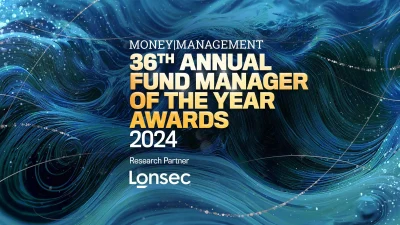Interest rate management a true value-add


In a year where credit markets didn’t treat funds well, the Janus Henderson Australian Fixed Interest Fund has come out on top of the Australian fixed income category, partially because its strong interest rate management means that it hasn’t had to take on much credit risk to achieve results.
According to co-head of Australian Fixed Interest at Janus Henderson, Jay Sivapalan, fixed interest managers aim to add value above the benchmark in three ways: through interest rate management, sector allocation or credit and multi-country allocations.
Most managers tend to rely on the second way, which works eight out of 10 times. Some also incorporate the third, multi-asset allocations, but Janus Henderson had observed that managers who have gone down this path are good in theory but struggle to add value long-term.
The Janus Henderson fund, in contrast, also engages in interest rate management to utilise all three value-adding ways.
“The benefit [of interest rate management] is you can help smooth out returns and preserve capital over long periods of time,” Sivapalan said, adding that philosophically there’s also benefits to having less reliance on credit.
While incorporating interest rate management into its investment strategy means the fund tends to lag a little in strong markets, Sivapalan said it means it outperforms in down markets, explaining its victory over its peers in the category this year.
Last year was a softer year, and Sivapalan said those fixed income managers who had a heavy overweight to credit would’ve felt the pain whereas the Janus Henderson Fixed Interest Fund ran a lot less credit than any of its peers.
Western Asset’s Anthony Kirkham also cited a defensive position toward credit as a driver of the Legg Mason Western Asset Australian Bond Fund’s strong performance over the last year, which saw it crowned as a finalist in this category.
“We … positioned ourselves defensively in credit as the year progressed, while preferring to hold an overweight to credit to capture the extra running yield but focussing it in the short part of the yield curve to manage credit spread risk,” he said.
Macquarie took a similar approach with its Australian Fixed Interest Fund, which was also a finalist.
“As far as credit is concerned, our extensive research shows that downgrades occur more often than upgrades, so to add value with credit our focus is on avoiding downgrades rather than chasing yield,” the fund’s portfolio manager, David Ashton, said.
“Overall this allows us to increase sources of alpha and adapt to the environment without losing diversification or lowering credit quality.”
Recommended for you
After a successful inaugural event last year, the Women in Finance Summit is returning in 2024 with more business insights and networking opportunities.
Over 90 finalists have been chosen to compete at the 36th annual Fund Manager of the Year Awards, to be held in Sydney on 13 June.
A director at the Financial Advice Association Australia and a former superannuation chief executive are among recipients of this year’s Australia Day honours.
The software provider has signed on as a partner of the 10th annual Super Fund of the Year Awards, taking place in Melbourne on 25 October.















